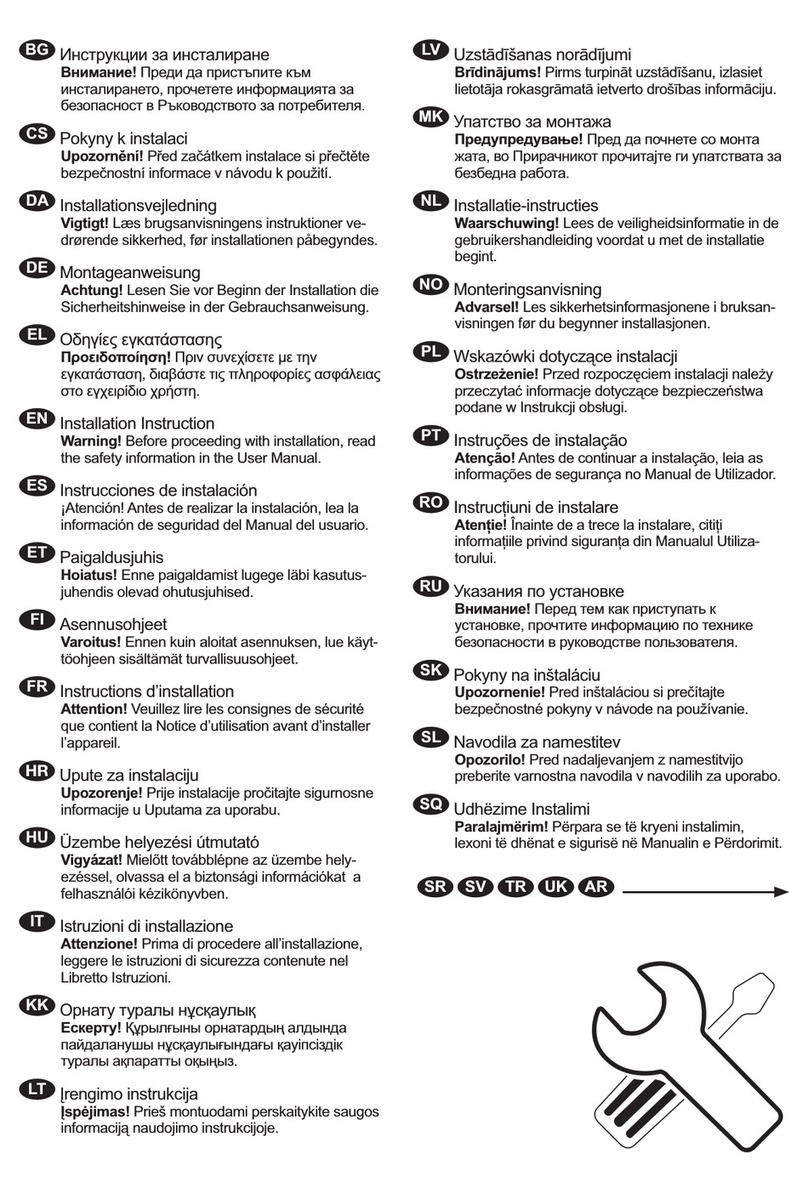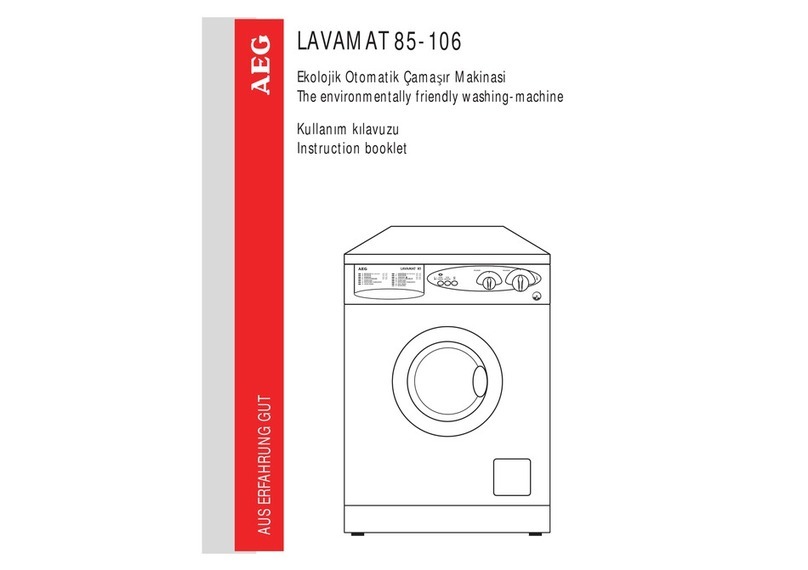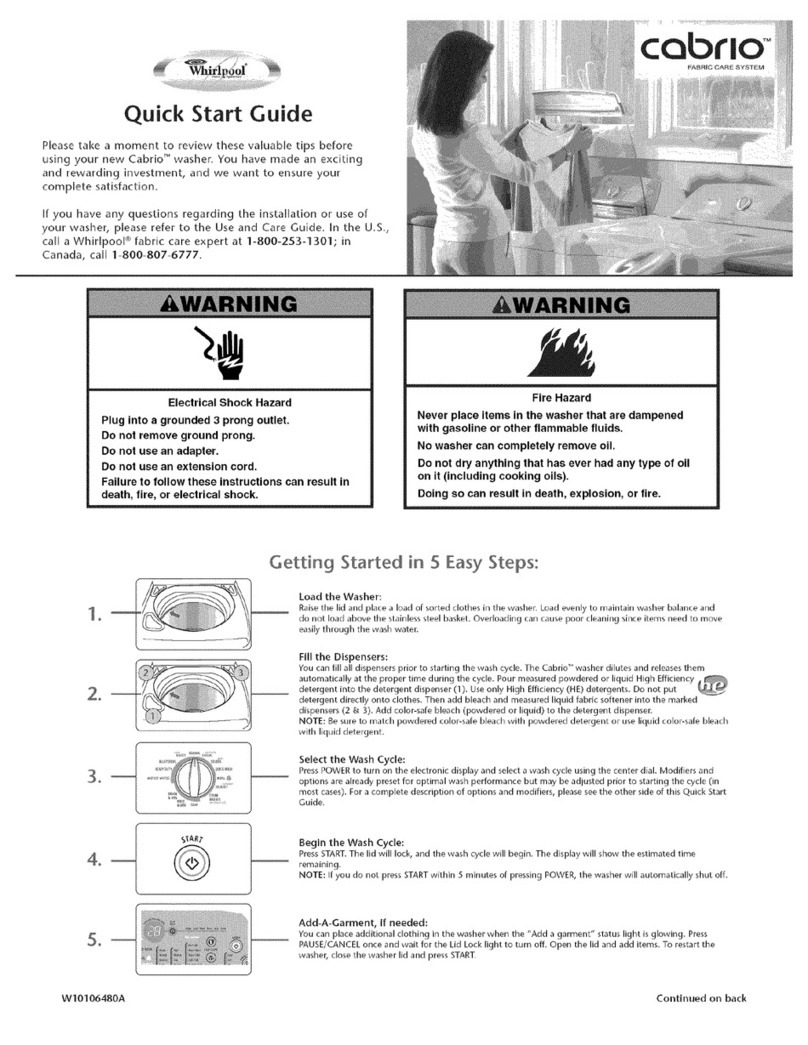AEG OKO-Lavamat 6450 Sensortronic User manual
Other AEG Washer manuals

AEG
AEG LAVAMAT 50265 ELECTRONIC Operation manual
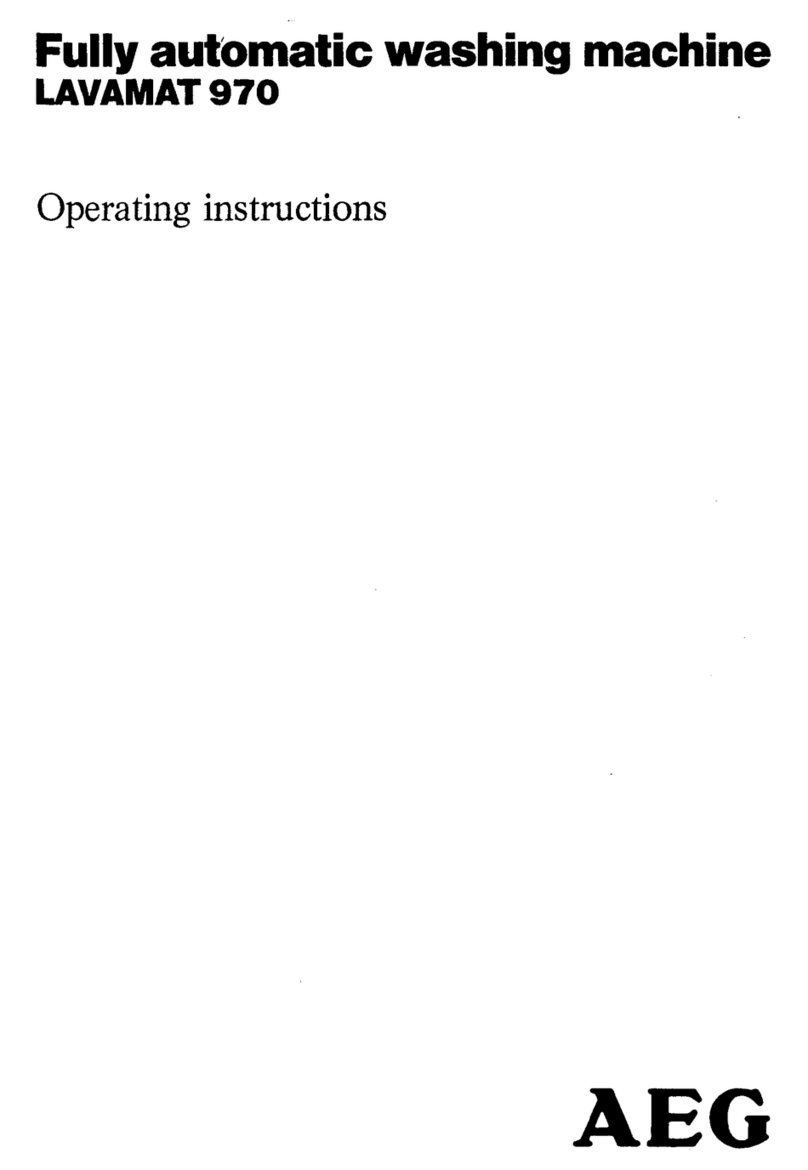
AEG
AEG Lavamat 970 User manual
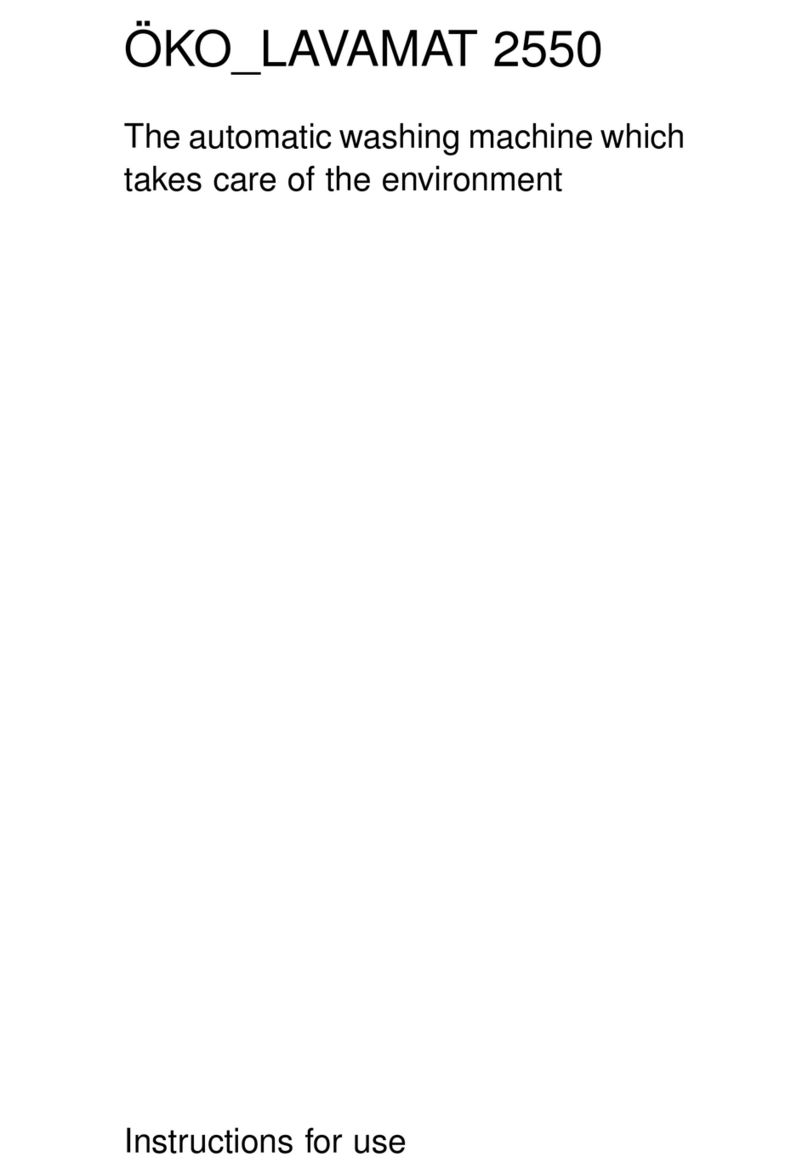
AEG
AEG OKO-LAVAMAT 2550 User manual

AEG
AEG LB1360 User manual
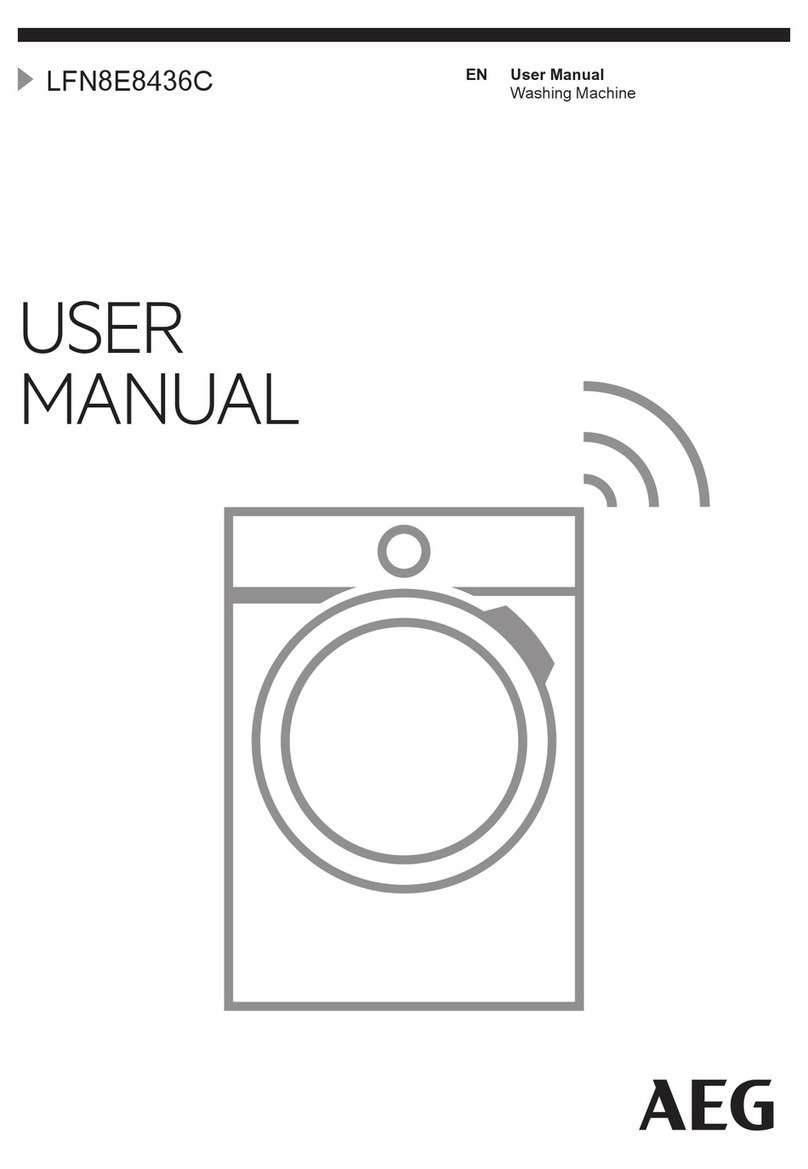
AEG
AEG LFN8E8436C User manual

AEG
AEG LAVAMAT 76850A User manual
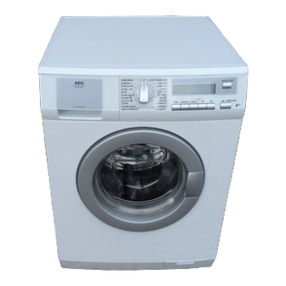
AEG
AEG LAVAMAT LN 79680A3 User manual

AEG
AEG L88689FL User manual
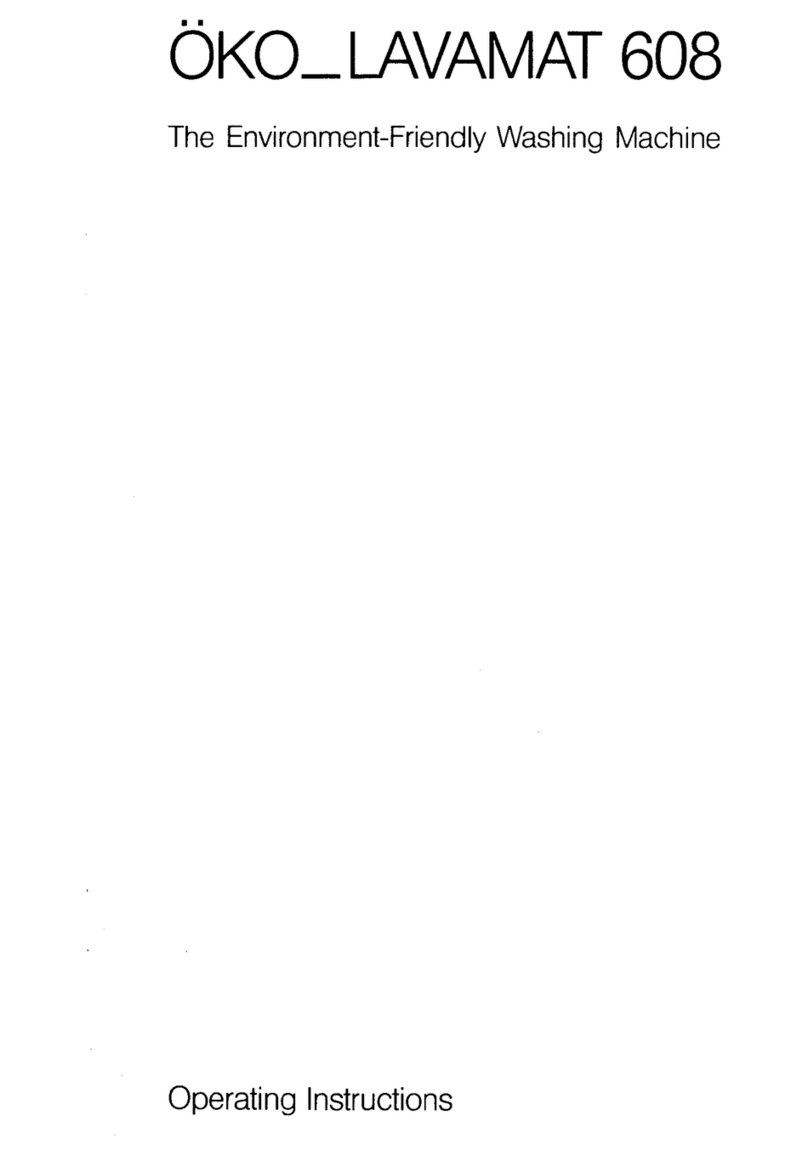
AEG
AEG OKO Lavamat 608 User manual

AEG
AEG Lavamat 970 User manual
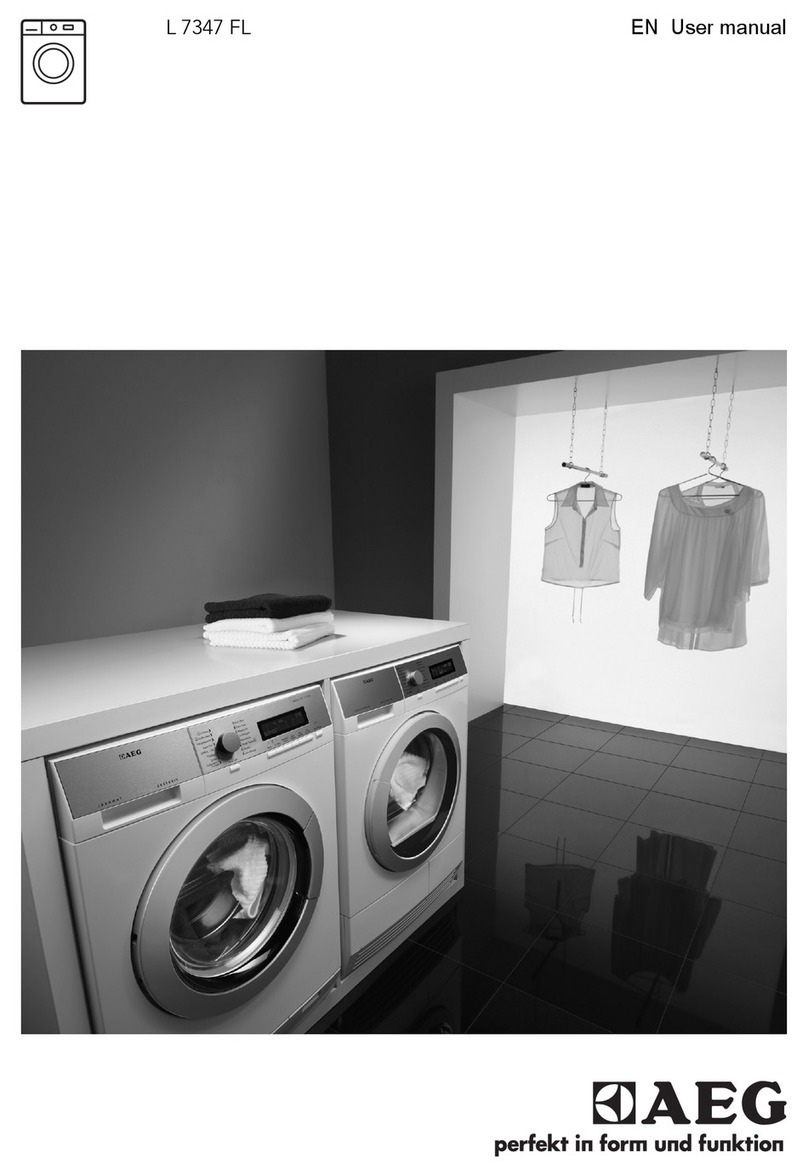
AEG
AEG L 7347 FL User manual

AEG
AEG L87485 FL User manual
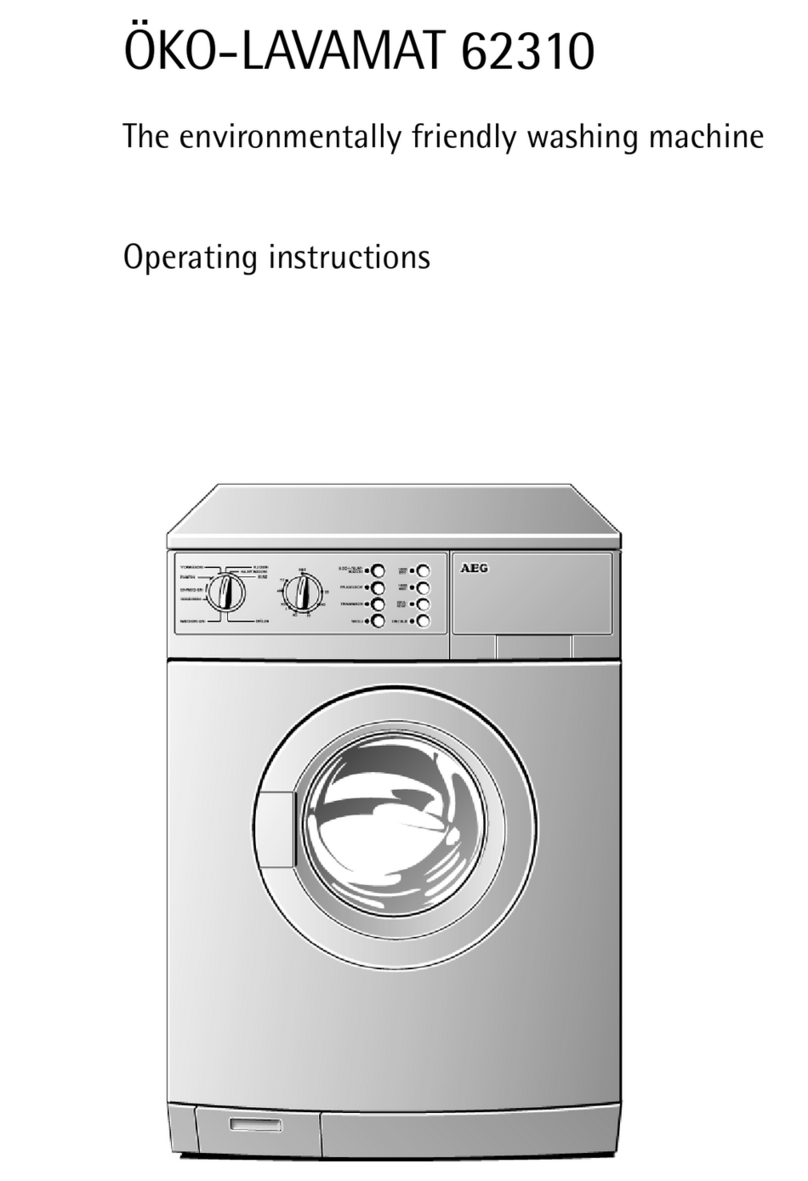
AEG
AEG OKO-LAVAMAT 62310 User manual

AEG
AEG LAVAMAT 68480VFL User manual

AEG
AEG L6FBN9ECO User manual

AEG
AEG L7FBREMEN User manual

AEG
AEG oko lavamat 645 sensortronic User manual

AEG
AEG L 60260 SL User manual
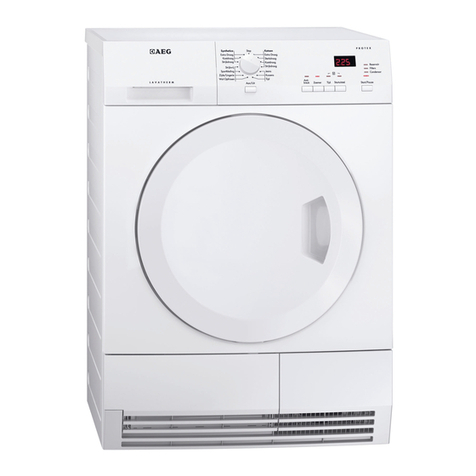
AEG
AEG LAVATHERM 65470AH1 User manual
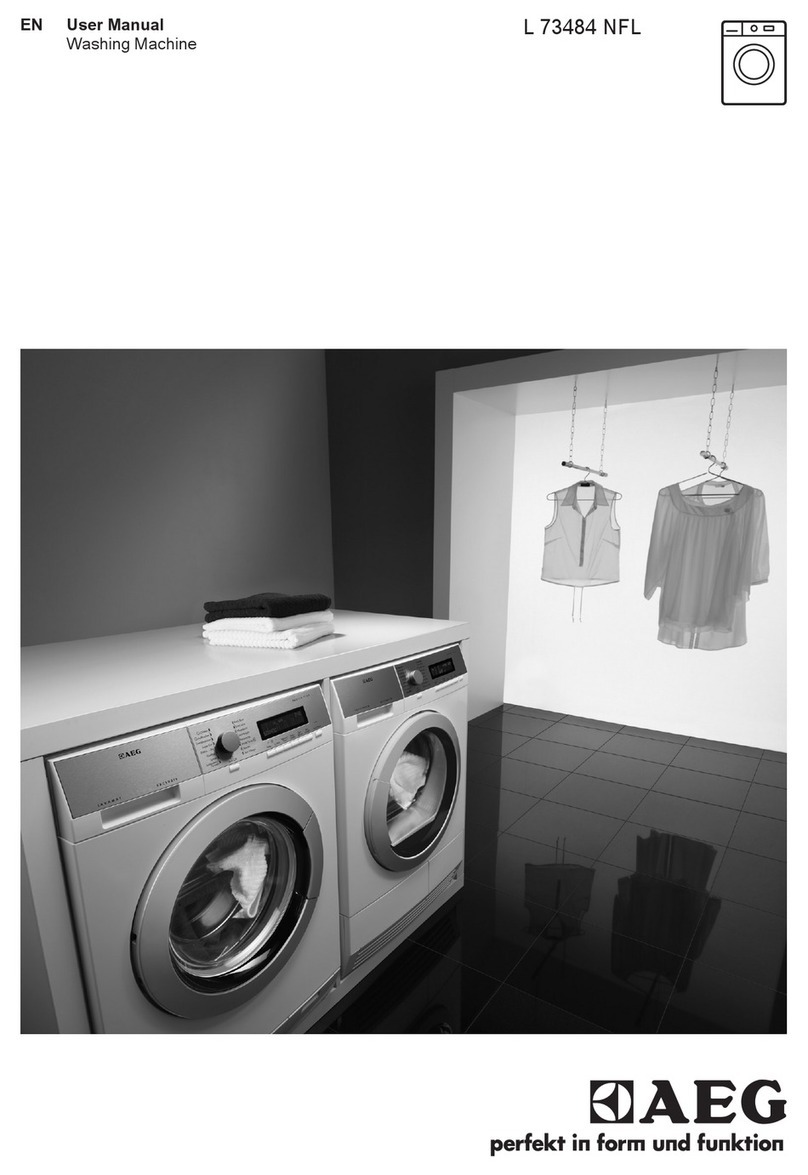
AEG
AEG L 73484 NFL User manual

